Une maison de vacances cachée dans l'arrière pays en Australie
Justine Hugh-Jones, designer d'intérieur et fondatrice de la société de design d'intérieur Hugh-Jones Mackintosh, a trouvé sa parfaite maison de vacances cachée dans l'arrière pays en Australie, après trois ans de recherches. Elle l'a transformée en maison à la décoration vintage inspirée par les années 1950, le mid-century, et l'a surnommée Hidden Byron en raison de sa localisation tranquille dans la région de Byron Bay. Elle la loue quand elle ne l'occupe pas par l'entremise de Airbnb (en cliquant sur ce lien), mais ce n'est pas pour cela que la maison est sans personnalité.
Bien au contraire, elle a un style affirmé, et si son design est léger et simple, il n'est pourtant pas "simpliste". Elle a créé dans cette maison de vacances cachée dans la campagne, une ambiance influencée par le style européen du milieu du siècle dernier, particulièrement celui du Portugal et de la région de l'Alentejo, coloré et décontracté. Rénovée de façon durable, et autonome en énergie et en eau, la maison incarne tous les principes du slow living : durable, local, biologique et sain. Pour la décoration, elle a réutilisé des meubles de ses anciennes maisons et les a mélangé à des meubles vintage, du rotin, des tapis marocains, et des photos contemporaines. Photo : Prue Rusco
Justine Hugh-Jones, interior designer and founder of the interior design company Hugh-Jones Mackintosh, found her perfect holiday home hidden in Australia's outback after three years of searching. She turned it into a holiday home with a 1950s, mid-century feel and dubbed it Hidden Byron because of its quiet location in the Byron Bay area. She rents it out when she's not occupying it through Airbnb (by clicking on this link), but that's not to say the house is without personality.
On the contrary, it has a strong style, and while its design is light and simple, it is not "simplistic". In this holiday home hidden in the countryside, she has created an atmosphere influenced by mid-century European style, particularly that of Portugal and the Alentejo region, colourful and relaxed. Renovated in a sustainable way, and autonomous in energy and water, the house embodies all the principles of slow living: sustainable, local, organic and healthy. For the decor, she reused furniture from her previous homes and mixed it with vintage furniture, rattan, Moroccan rugs, and contemporary photos. Photo: Prue Rusco
Source : Homes to love








Bien au contraire, elle a un style affirmé, et si son design est léger et simple, il n'est pourtant pas "simpliste". Elle a créé dans cette maison de vacances cachée dans la campagne, une ambiance influencée par le style européen du milieu du siècle dernier, particulièrement celui du Portugal et de la région de l'Alentejo, coloré et décontracté. Rénovée de façon durable, et autonome en énergie et en eau, la maison incarne tous les principes du slow living : durable, local, biologique et sain. Pour la décoration, elle a réutilisé des meubles de ses anciennes maisons et les a mélangé à des meubles vintage, du rotin, des tapis marocains, et des photos contemporaines. Photo : Prue Rusco
Holiday home hidden in Australia's hinterland
Justine Hugh-Jones, interior designer and founder of the interior design company Hugh-Jones Mackintosh, found her perfect holiday home hidden in Australia's outback after three years of searching. She turned it into a holiday home with a 1950s, mid-century feel and dubbed it Hidden Byron because of its quiet location in the Byron Bay area. She rents it out when she's not occupying it through Airbnb (by clicking on this link), but that's not to say the house is without personality.
On the contrary, it has a strong style, and while its design is light and simple, it is not "simplistic". In this holiday home hidden in the countryside, she has created an atmosphere influenced by mid-century European style, particularly that of Portugal and the Alentejo region, colourful and relaxed. Renovated in a sustainable way, and autonomous in energy and water, the house embodies all the principles of slow living: sustainable, local, organic and healthy. For the decor, she reused furniture from her previous homes and mixed it with vintage furniture, rattan, Moroccan rugs, and contemporary photos. Photo: Prue Rusco
Source : Homes to love
Shop the look !




Livres










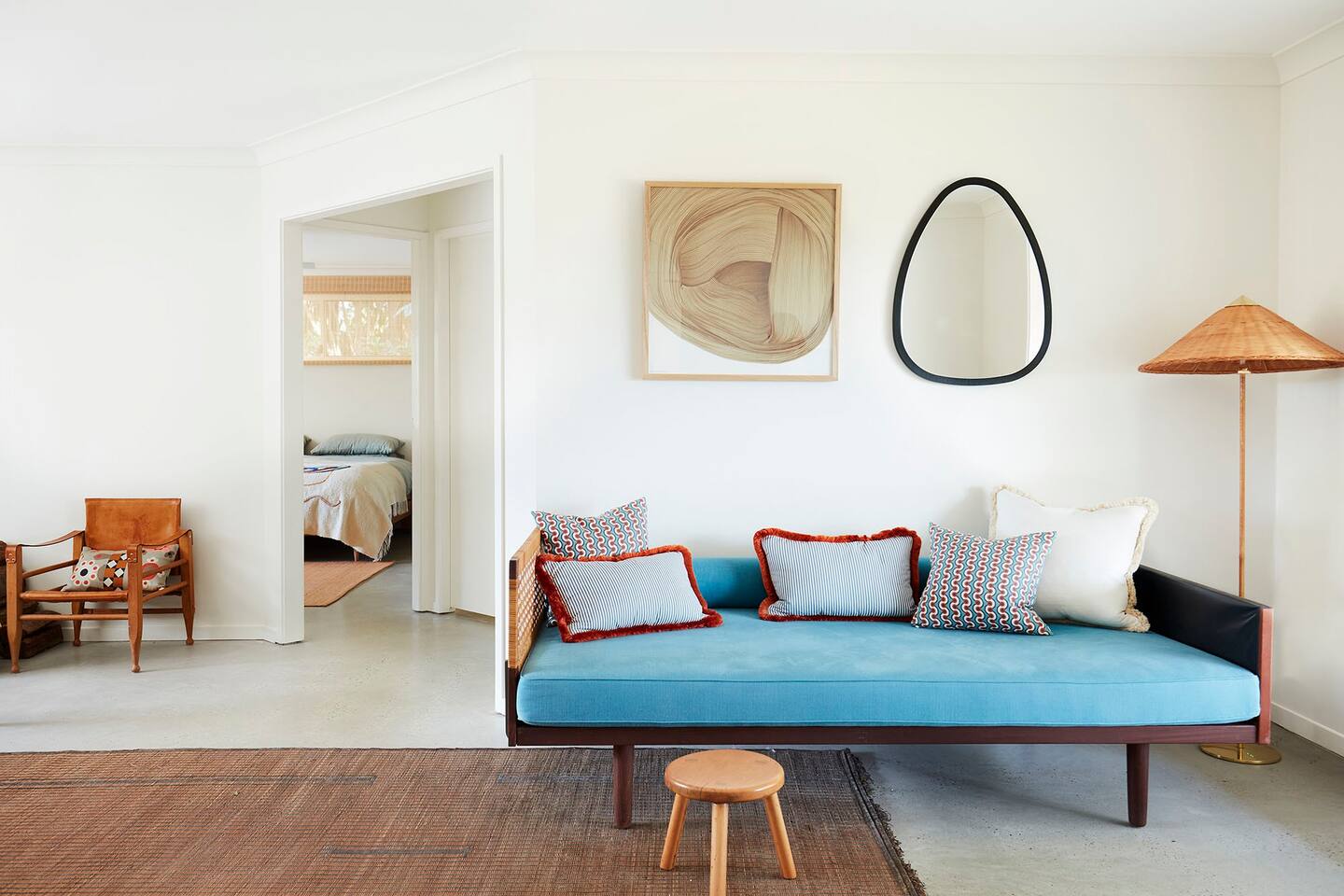




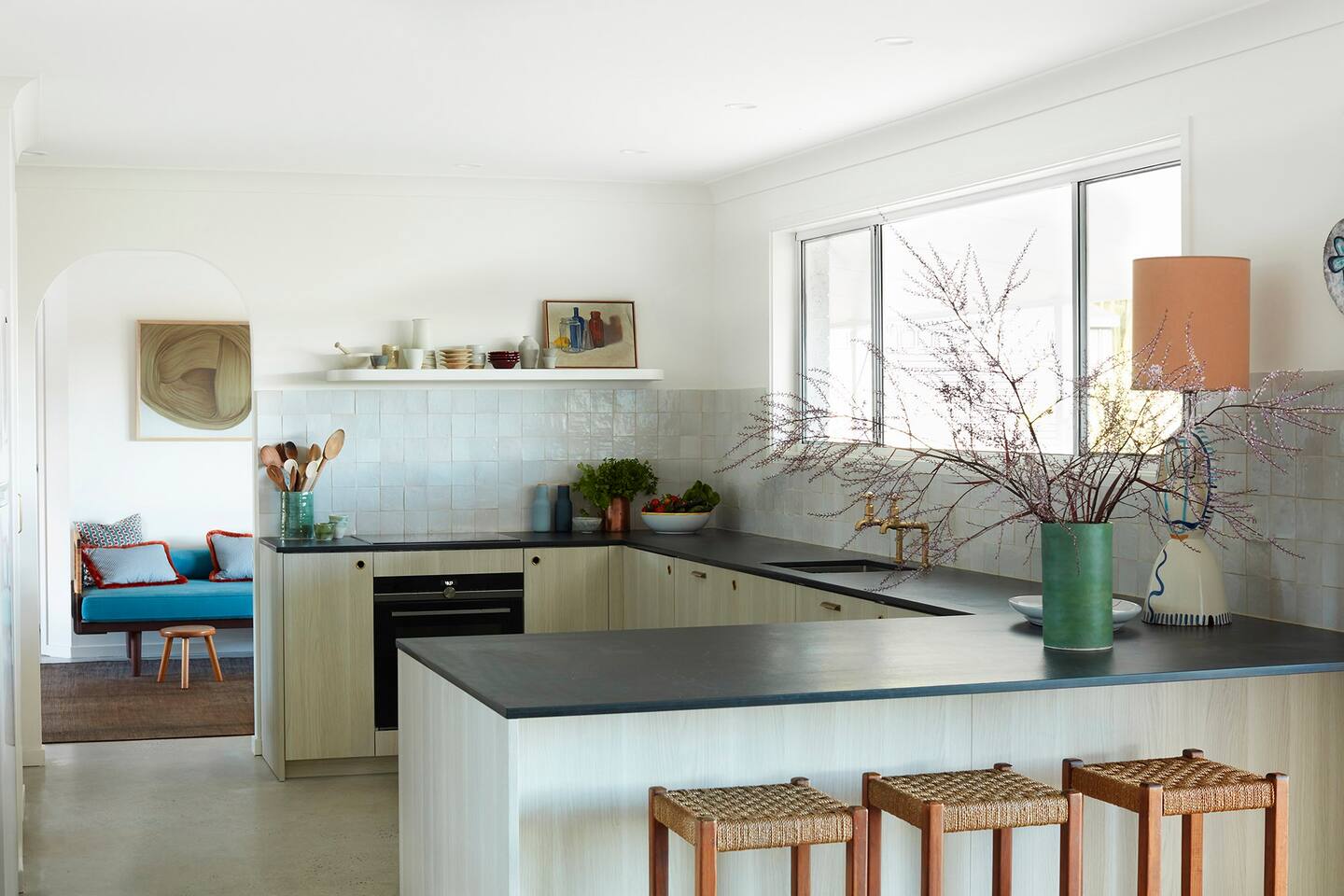


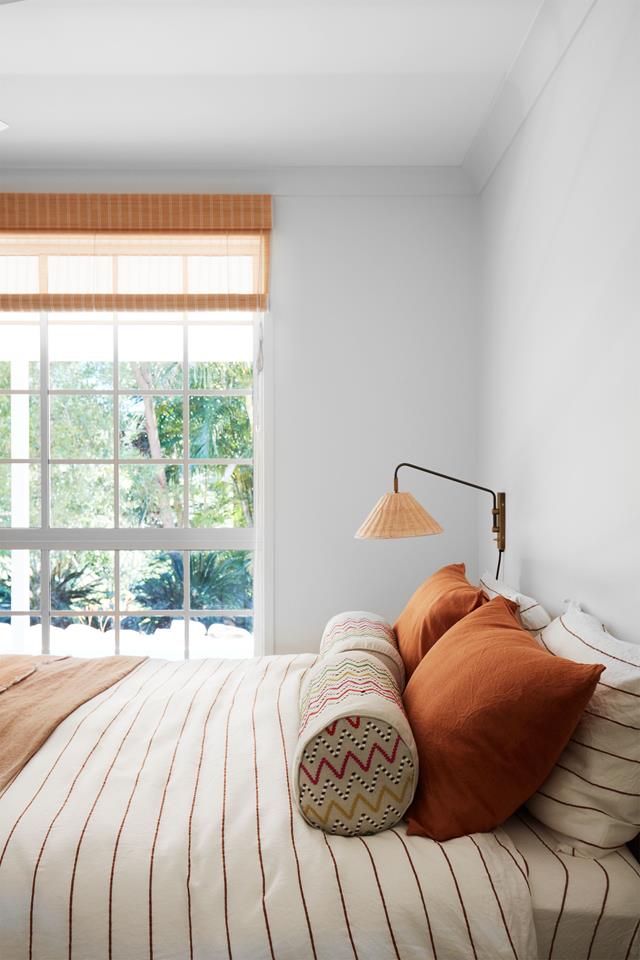
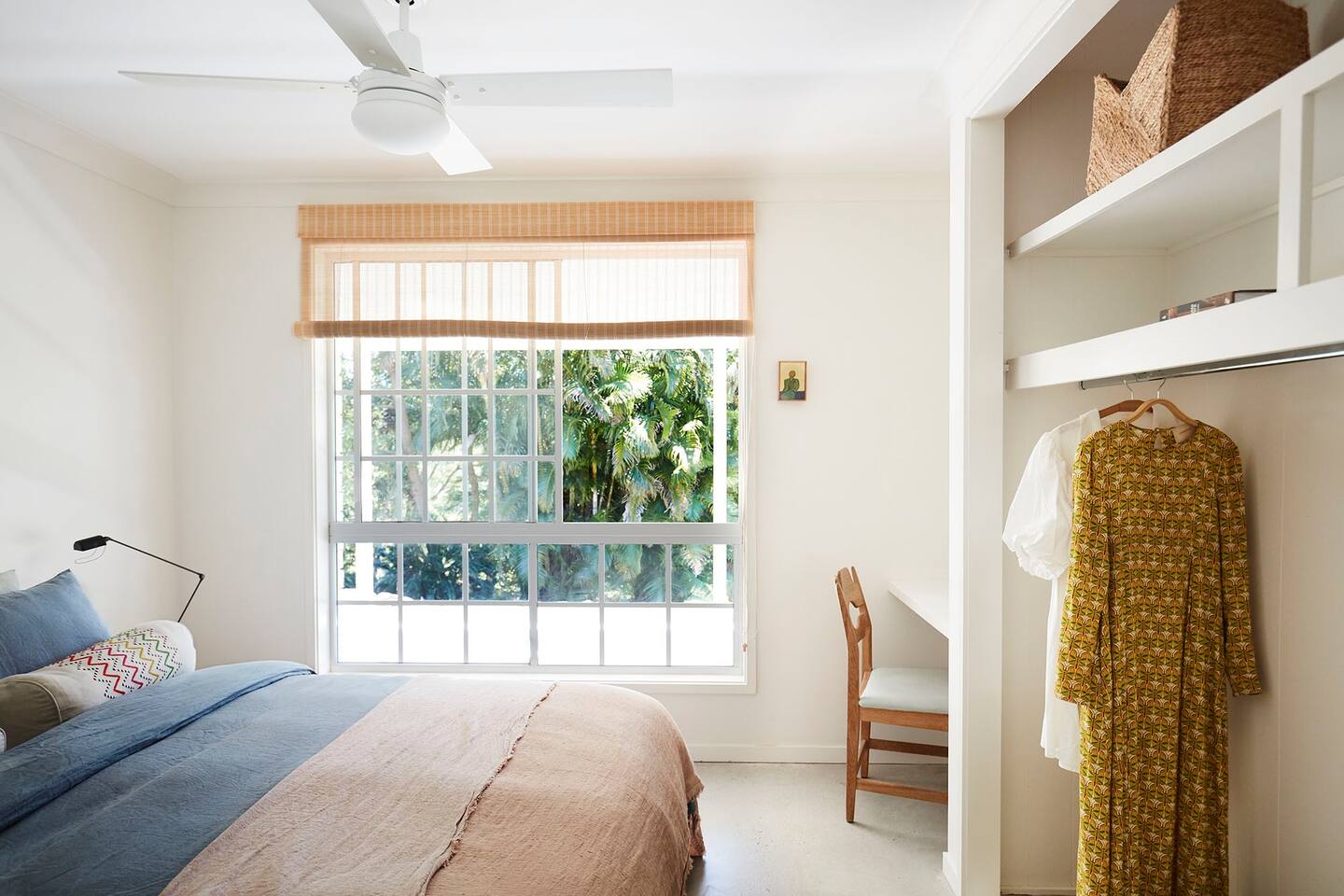










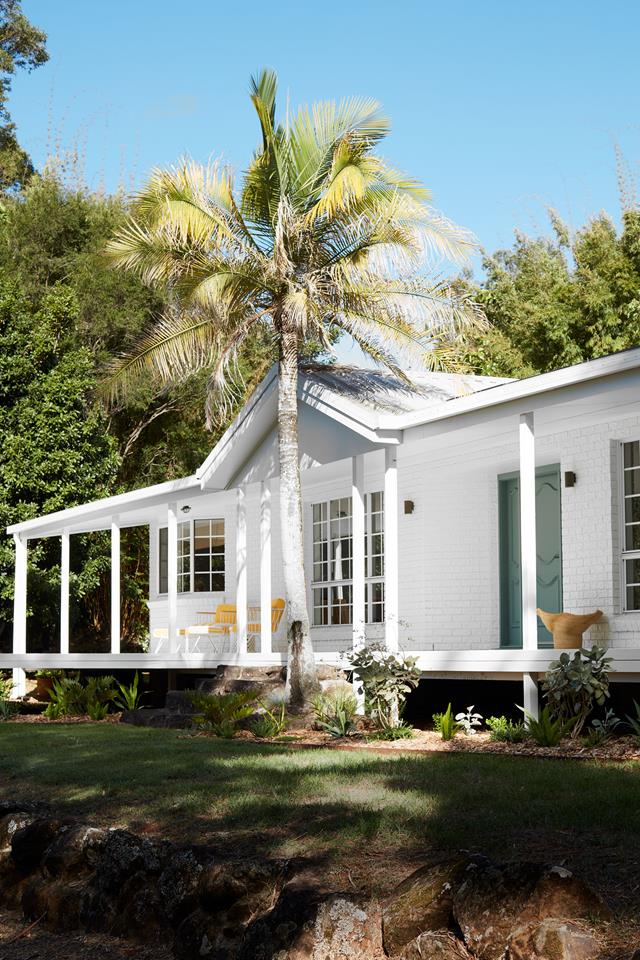








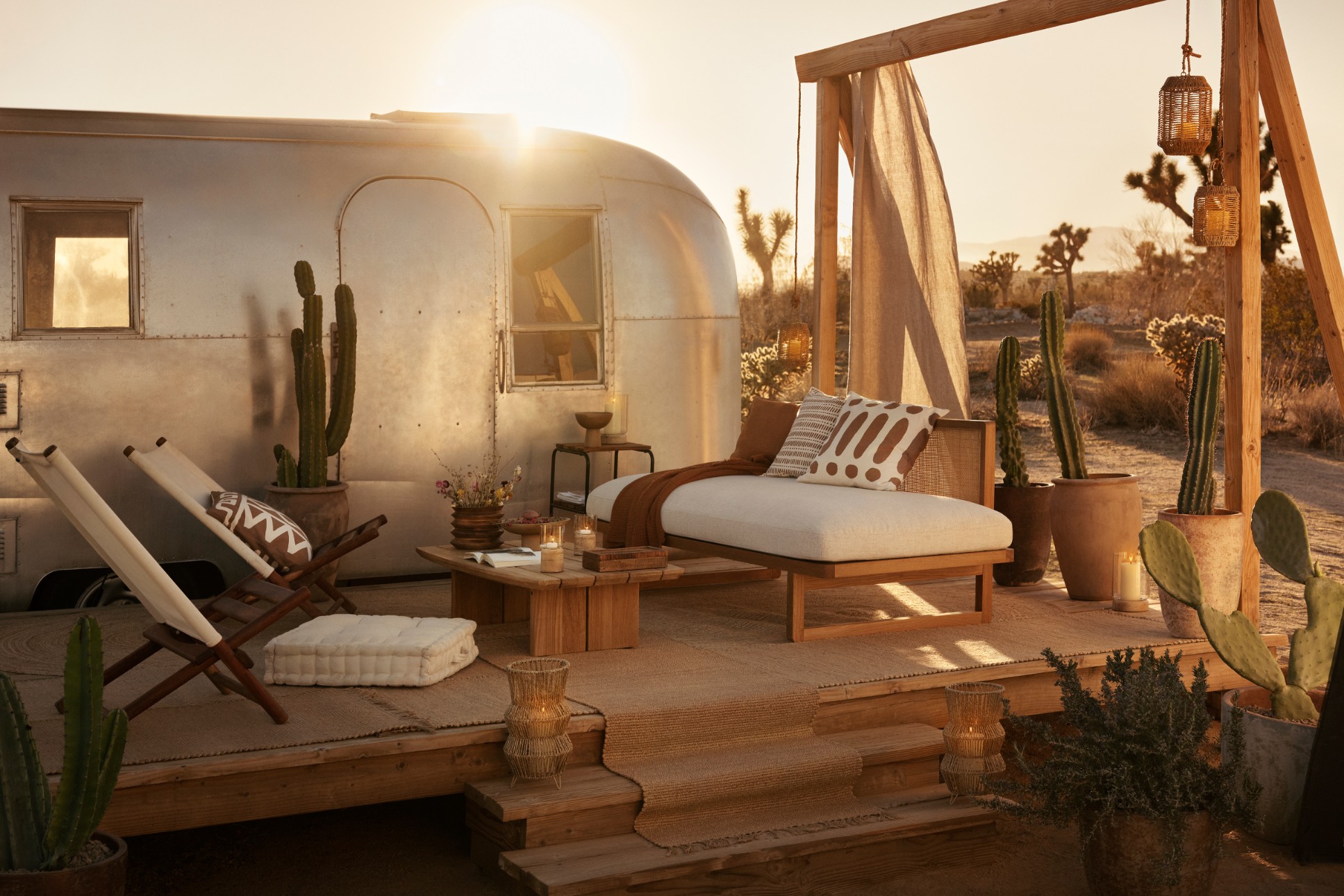
Commentaires